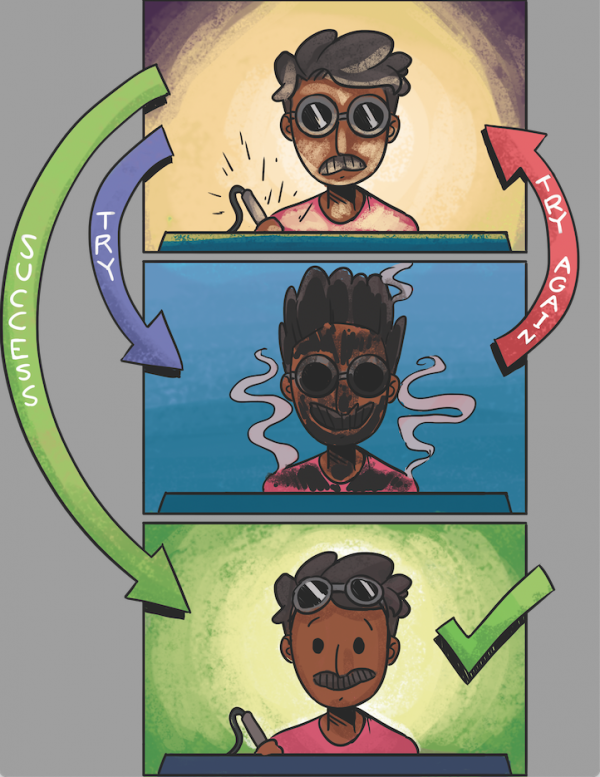THE PROBLEM
Designing a fully integrated military telecommunications network is a highly complex undertaking, particularly when there is no established precedent or detailed blueprint. Beyond the technical challenges in the design activity, there existed the challenges associated with the stakeholder community and the need to manage their expectations and address their interests.
Quintessential was engaged by the client at project start-up to help them develop their team culture. The client wanted to build a team culture that was agile and creative, embrace the notion of serious play and experimentation, and have the resilience to leverage uncertainty to enable them to find ways of breaking new ground.
THE APPROACH
Our first task was to understand the Project’s culture by way of defining its actual state and projecting what its ideal state looks like. The resulting gap between actual and ideal, and corresponding desire to undertake the journey provided us with the necessary information to design appropriate initiatives. We subsequently designed a High Performing Team (HPT) program to build the capabilities of the Client’s team using the following principles:
- Co-creation. Collaboratively building the culture and productivity with the existing team members, then adapting and renewing it with each new cohort of team members. This included an On-Boarding Program, a Bootcamp Induction and an Employee Survival Guide.
- Cognitive Fitness. Equipping the project team with the self-awareness, skills and mindset to be agile and nimble in a dynamic environment. This included a Capability Maturity Model (CMM) analysis and a Ways of Working (WoW) tracker.
- Co-existence. Enabling the project team to live its own culture, identity and ways of working, while remaining aligned with its stakeholders, including a Stakeholder Map and a Communications & Engagement Plan.
Benefits
With this project having a large number of ‘moving parts’, our approach enabled the Client to work with the complexity of the environment. They subsequently adopted an ‘influence’ approach over the temptation to exert ‘control’ as the latter approach was ineffective in navigating the dynamic nature of the project. Furthermore, with technology progressing so fast, the design process needed to constantly adapt as blueprints were evolving and the end goal often could not be fully defined. Consequently, project leaders were unable to rely on predictability and full project control. Rather, we helped them to build faith in their team and the wider stakeholder community to allow solutions to emerge and to adapt accordingly through safe to fail experimentation. This led to the workforce embracing a fail often and learn fast culture.
THE OUTCOMES
The outcome of this project were highly successful. The project was delivered ahead of time, within budget and with a satisfied customer who was engaged right throughout in a highly transparent environment. The program also won various engineering awards and was recognised by the end-customer as a benchmark innovation project.


